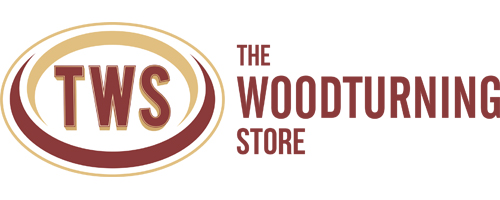- All PEN MAKING
-
Pen & Pencil Kits
- All Pen & Pencil Kits
- Baseball Bat Kits
- Battalion Kits
- Buccaneer Kits
- Bullet Click Kits
- Cigar Kits
- Classic Fountain Kits
- Classic Roller Ball Kits
- Classic Twist Kits
- Comfort Kits
- Da Vinci Kits
- Elegant American Kits
- Euro Kits
- European Filigree Kits
- Fancy Click Kits
- Fancy Kits
- Fat Cat Kits
- Gear Click Kits
- Grand Master Kits
- Hexagonal Kits
- Highline Kits
- Imperial Kits
- Inspirational Kits
- Jam Session Kits
- Junior Gentleman Kits
- Magnetic Kits
- Old-Line Kits
- Polaris Kits
- Power Kits
- Slimline Kits
- Slimline Pro Kits
- Stick Shift Kits
- Teacher Kits
- Viceroy Kits
- Victoria Kits
- Wordsmith Kits
- Pen Bushings
- Pen Mandrels
- Pen Mills - Barrel Trimmers
- Pen Assembly Tools
- Pen and Pencil Parts
- Pen Drilling
- Display Cases - Gift Boxes
- Traditional Tools
- Tru-Arc System
- Carbide Tools
- Hollowing Tools
- Woodturning Handles
-
Pen & Pencil Kits
- Baseball Bat Kits
- Battalion Kits
- Buccaneer Kits
- Bullet Click Kits
- Cigar Kits
- Classic Fountain Kits
- Classic Roller Ball Kits
- Classic Twist Kits
- Comfort Kits
- Da Vinci Kits
- Elegant American Kits
- Euro Kits
- European Filigree Kits
- Fancy Click Kits
- Fancy Kits
- Fat Cat Kits
- Gear Click Kits
- Grand Master Kits
- Hexagonal Kits
- Highline Kits
- Imperial Kits
- Inspirational Kits
- Jam Session Kits
- Junior Gentleman Kits
- Magnetic Kits
- Old-Line Kits
- Polaris Kits
- Power Kits
- Slimline Kits
- Slimline Pro Kits
- Stick Shift Kits
- Teacher Kits
- Viceroy Kits
- Victoria Kits
- Wordsmith Kits
- Pen Bushings
- Pen Mandrels
- Pen Mills - Barrel Trimmers
- Pen Assembly Tools
- Pen and Pencil Parts
- Pen Drilling
- Display Cases - Gift Boxes
